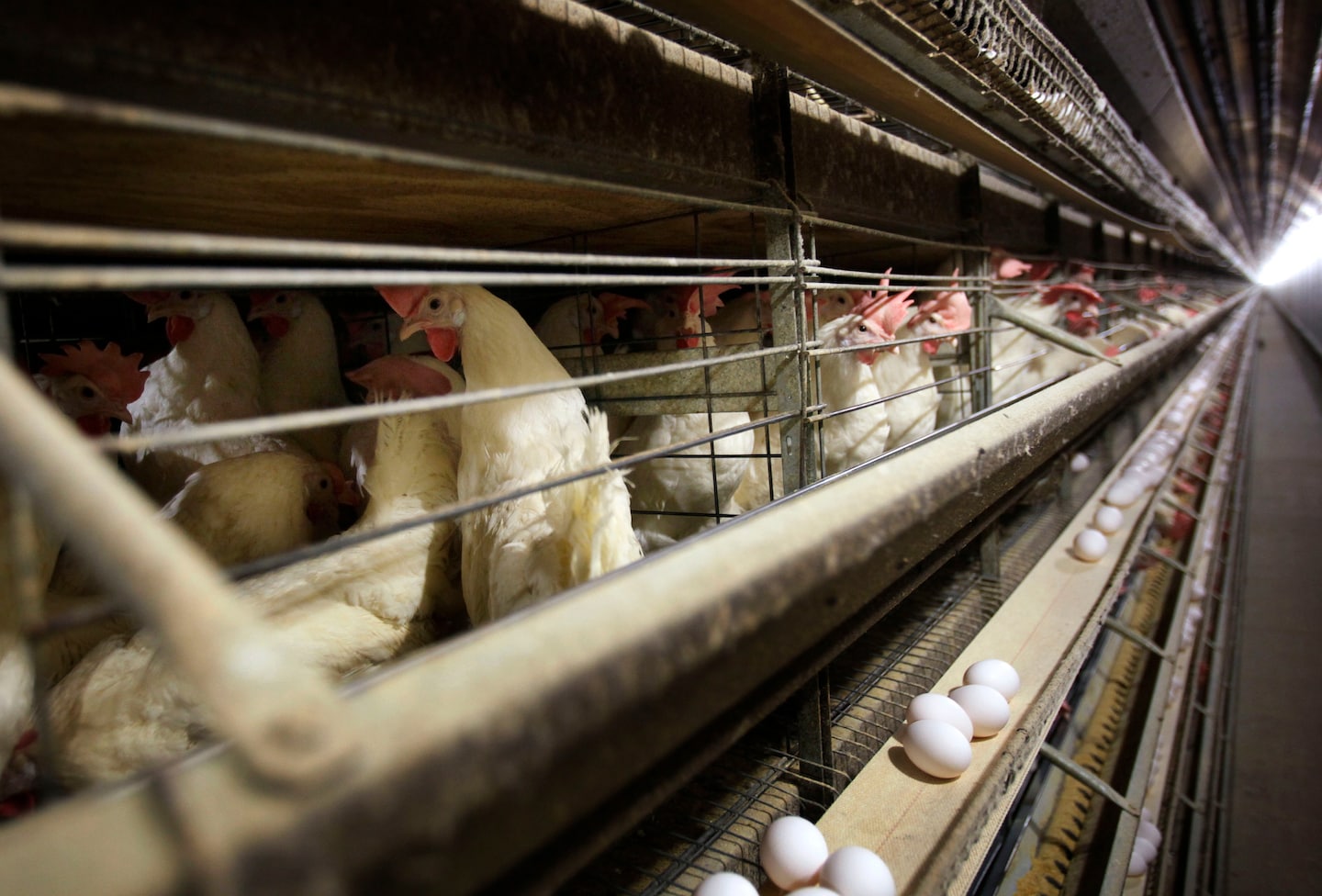The Centers for Disease Control and Prevention will confirm the testing and will send a team to Colorado to investigate how the workers might have contracted the virus, the agency said Friday. The CDC will also analyze the virus sequences to determine whether the virus has mutated.
The virus — which has caused outbreaks in dairy cattle and poultry this spring and summer — has posed a low risk to the general public because it’s unlikely to be spread from person to person. It could pose a higher risk if it mutates to spread easily between people, however, so the virus has a “pandemic potential” that makes human cases concerning, the CDC said.
“These preliminary results again underscore the risk of exposure to infected animals,” the CDC said. “Historically, most human cases of bird flu infection have happened in people who are not wearing recommended personal protective equipment.”
The agency’s low risk assessment for the public remained unchanged after the report of presumed cases. There has been no sign of increases in flu activity in the states affected by outbreaks in poultry and cows, the CDC said Friday.
The three presumed cases would be the first confirmed in humans in the United States exposed to infected birds; the four already confirmed this spring were all in people exposed to cattle. The first was in a Texas dairy worker, followed by two separate cases in Michigan and a fourth this month in a Colorado dairy farm employee.
The three newly affected workers developed cold symptoms and pinkeye; none was hospitalized, state health officials said. The other four infected workers also reported eye inflammation or pinkeye.
The bird flu outbreak has affected more than 99 million poultry and 151 dairy herds in the United States. The virus has also been detected in more than 9,500 wild birds, according to the CDC’s latest count.
Poultry outbreaks have been identified nationwide, while 12 states have had outbreaks in dairy cows. In the past month, the virus has been detected in poultry flocks in Colorado, Iowa and Minnesota, according to the U.S. Department of Agriculture.
The federal government has offered money to dairy farmers with infected herds in exchange for testing their cattle, trying to incentivize testing and security measures that could help control the outbreak. The U.S. government has also planned to make bird flu vaccine available as soon as this month and awarded money to Moderna to develop an mRNA-based vaccine.
An early federal response that was slow and fractured drew frustration from some officials and experts, The Washington Post reported in April, and some have called for more robust testing of cattle.
People should avoid exposure to sick or dead animals, including birds and cows, and avoid animal poop and litter, the CDC said. Anyone who becomes sick after working with cows or poultry that could be infected should call their doctor or the state health department, Colorado officials advised.
Proper cooking kills bird flu virus; health officials say it remains safe to eat properly handled and cooked poultry and eggs. Commercially available milk, which is pasteurized, is also considered safe, though the CDC recommends avoiding unpasteurized, or raw, milk.
#Bird #flu #presumed #Colorado #poultry #workers #CDC,
#Bird #flu #presumed #Colorado #poultry #workers #CDC
